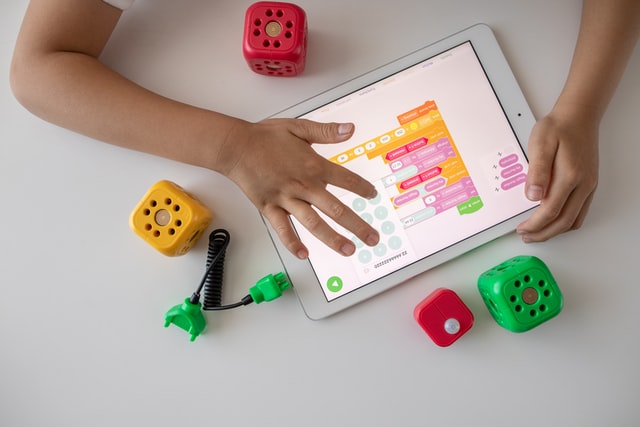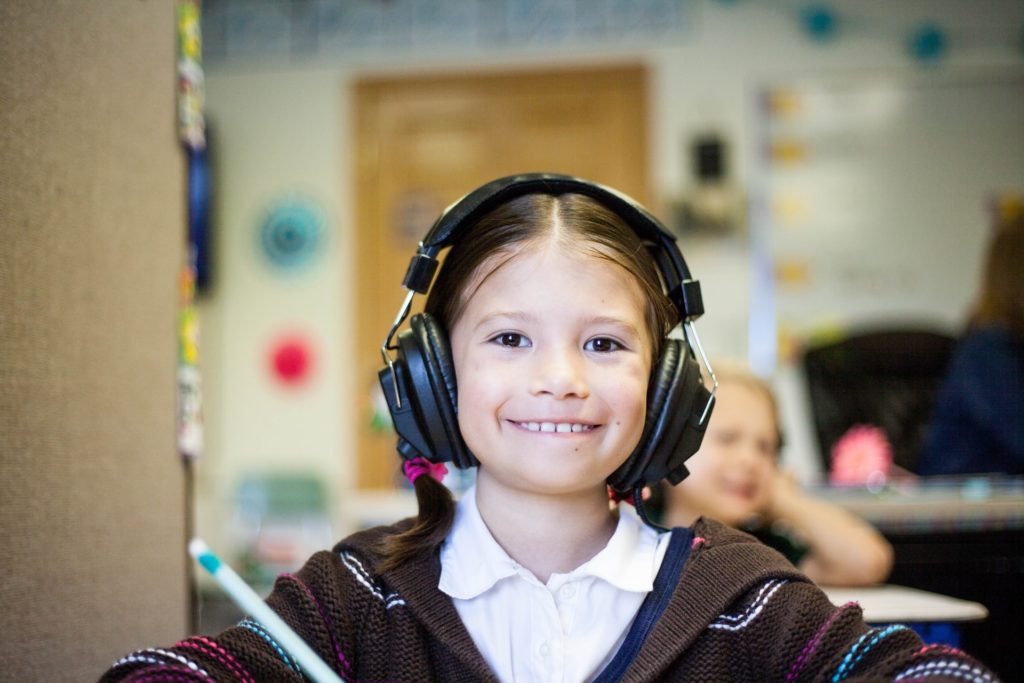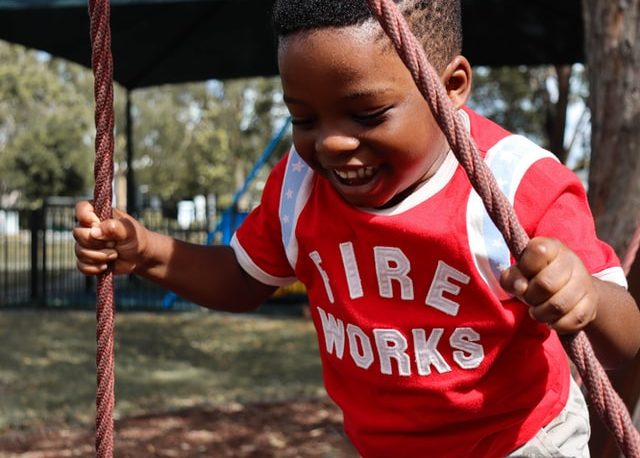Do you know your students’ learning styles? Learning style determines how a person prefers to learn. Teachers need to know how their students process information. Once they know how their students learn, teachers are better equipped to meet their individual needs. They also develop a deeper perspective on how to approach planning, instruction, and the evaluation of their students.
Don’t look at this as one more thing to do. Teachers have many responsibilities that consume their time. But if you do the groundwork upfront, the benefits you reap will be worth it. Your classroom will run smoother and be more student-friendly.
At the start of the school year, have your students complete an interest survey. You can create your own or use one of the many available online. When students know their learning styles, they will know how their brain learns best. They can share this information with their families to increase parents’ understanding of how to communicate with and help their students.
Many school districts look for various ways to include parents in the education process. The information parents get about how their students understand the content is a simple way to include them. What parents learn can help them work towards improving the academic outcomes of their children and becoming more active participants in their education. Everyone wins and it cost nothing.
When you study your students’ survey results, you will often find mixed results. Your students may have several ways in which they learn. They may prefer visual learning for some content and auditory means for others. That’s normal. But most people have one predominant learning style.
The 4 Common Learning Styles
This post is concerned with the four most common learning preferences. There are more styles discussed online and in literature. Some people only acknowledge three styles. But enough evidence exists to support the four learning preferences.
There are four common learning styles: visual, auditory, kinesthetic, and reading/writing. Search on the internet for learning styles, and you will get multiple sites where your student can take a survey or quiz to determine their learning styles. Many of these sites will give you detailed descriptions of each preference and may provide study strategies and tips for each style.
What are some characteristics of each learning style?
If a student understands content best in images rather than words, easily follows written directions, and prefers maps, he is a VISUAL LEARNER. This student may enjoy taking notes and drawing on the page. He may need more time to process information, however. Using infographics and presentations is helpful to this student.

Visual learners learn through seeing. They need to see an individual’s body language and facial expression to fully understand the content being taught. Visual learners prefer sitting in the front of the classroom to avoid any obstructions or distractions.
If your student enjoys talking and discussing information with others, prefers lectures, and remembers by listening, she is an AUDITORY LEARNER. She prefers to read aloud, and when reading silently, she may move her lips. Asking meaningful questions and having group discussions is helpful to this student.

Auditory learners process information through listening. They have to focus on what’s being said. They may find that taking in information through the other senses at the same time as listening could be a distraction. Auditory learners process new information in the order in which it is received.
If your student needs to move or tap to stay focused, prefers hands-on learning, and finger spells words, he is a KINESTHETIC LEARNER. He prefers acting out scenes from stories or plays. He may find it difficult to remain seated during class. This type of student benefits from lessons that incorporate physical movement and/or lessons where they handle artifacts, conduct experiments, etc.

Tactile or kinesthetic learners understand through moving, doing, and touching. They process information as they move because the entire body is involved. This type of student may take longer to process new information.
If your student prefers to learn through the written word and enjoys reading articles, she is a READING/WRITING LEARNER. She may write in a journal or diary. Researching vocabulary and searching the internet are common practices for this learner. This preference is most aligned with how instruction is delivered in schools, where there is an emphasis on reading and writing. This student must be given enough time to digest what she is reading and responding to in writing.

Reading/Writing learners can remember paragraphs and chapters with very little effort. They enjoy reading and summarizing information in their own words. These learners prefer written directions and make lists to organize their thoughts. This category may overlap with visual learners.
There is no one-size-fits-all when it comes to how students gain knowledge. Knowing how students learn best is one step in improving their academic outcomes. But this benefit is not confined to the classroom.
Understanding your students’ learning style can help prepare them to succeed in life. Their preference shapes everything from how they best receive information to how they communicate with others. Thus, learning style should not be overlooked as a strategy to meet the needs of all learners.
